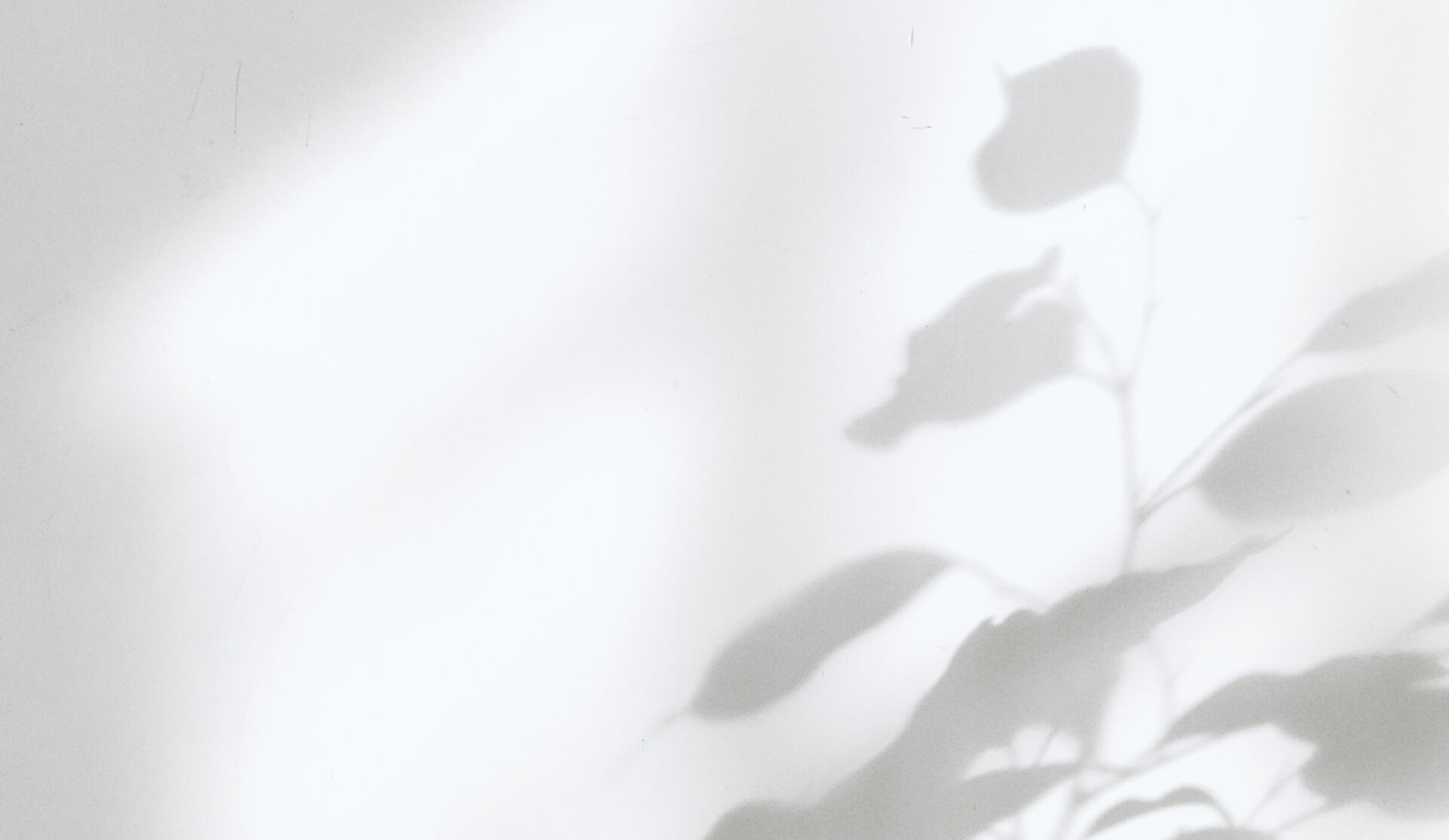Hair has always occupied an important role in human society, and the aesthetics of hair, its style and its adornment, are integrally linked to our cultural identity and ceremonial practices. Just as hair styling has been used for aesthetic, religious, ceremonial and practical purposes, so has hair removal. What is surprising is how far back in human history these practices go. We associate hair removal with modern fashions, but in fact, human have been removing hair from their bodies for a range of reasons for millennia…
Prehistoric hair removal
The earliest evidence for hair removal is found as early as the fourth millennium BCE – over five thousand years ago! Archaeologists have discovered prehistoric burial sites containing items such as sharpened stones and shells, which have been identified as hair removal tools. These tools indicate that even at this stage in human development hair was being scraped and tweezed from our bodies.
In the ancient world
From these prehistoric origins, these practices were carried forward into the ancient world where it was frequent and widespread. In Middle Eastern and African countries, many regions had ceremonial wedding traditions that entailed the removal of all or almost all bodily hair from brides and their companions. The Egyptians also removed all hair. This was essentially for hygiene and comfort, as the absence of hair was an adaptation to the climate but also prevented problems arising from lice and other parasites. This led to social distinctions too – showing a bald head was seen to be an indicator of lower class, and the wealthy wore high quality wigs. An additional intriguing fact about Egyptian epilation is that they used early versions of techniques still in use today, like sugaring and waxing. Another ancient practice, arguably originating in the Middle East, south Asia or China, that is regaining popularity today is threading.
Classical times
In Classical societies, from which so much of Western culture derives, hair removal continued to be socially and culturally important and widely practiced. A shaved head, required of Roman slaves, for example, indicated lower status. The practice of removing bodily hair is evident in Classical art and sculpture, in which many of the nudes are depicted hairless. The social norms for Roman hairstyles and shaving were also revealed by their harsh criticism of the long hair and beards worn by their barbarian enemies, the Celtic and Germanic tribes of Europe. Romans continued to use methods such as shaving, plucking, stripping and abrasion to achieve the necessary results.
Around the globe
Almost every early civilization demonstrates evidence of hair removal practices – including those of the Pacific islanders, Samoan tribes and the native of both North and South America. The modern use of depilatory creams was also preceded by early uses of chemicals to remove hair, including quicklime and arsenic.
Medieval to Modern…
From the medieval period to today, these practices have continued, although varying with changes in cultural practices and fashion trends. This ranges from the Elizabethan desire to show intelligence by exposing their foreheads, involving removing the eyebrows and pushing back the hairline, to modern trends in eyebrow shaping and body hair removal. Hair removal techniques have also come a long way since the use of sharpened shells to scrape the skin! As well as improvements in ancient techniques such as shaving and waxing, new advances in long-term hair removal have also been introduced, including electrolysis and laser hair removal methods such as IPL.
BeGone Skin & Body
We utilise the GentleMax Pro Laser, the recognised Gold Standard in removing unwanted hair, which is a safe, modern and effective technique. Find out more about Laser Hair Removal and how it works. To make a booking please call 08 9330 4400 or send an email. We are located in Booragoon, just near Westfield Booragoon at 508 Marmion Street.


